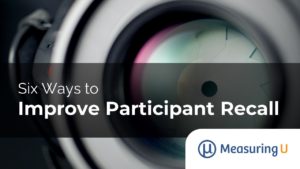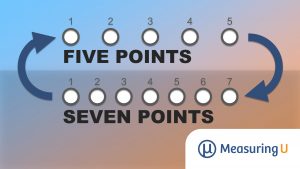
Measuring Tech Savviness
What is tech savviness? While it might be hard to define, you probably know someone whom you consider tech savvy—they might even be your go-to person for solving tech issues. Or maybe you know people who aren’t tech savvy and struggle with all technology. But why should UX researchers care? The concept of tech savviness








